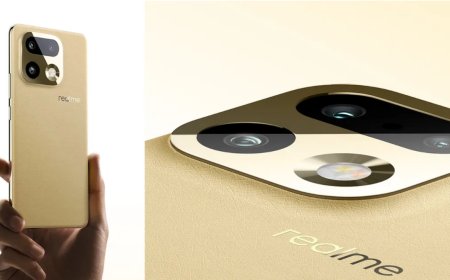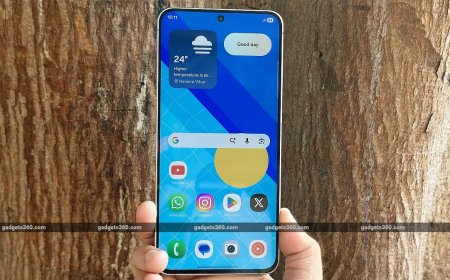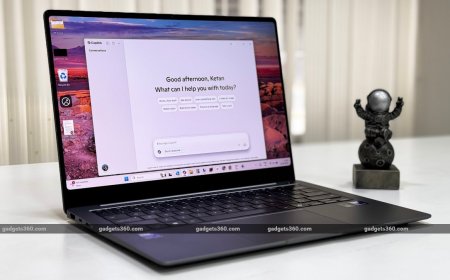The Race to Build Quantum Batteries

The world runs on lithium-ion batteries. From the smartphone you may be reading this on, to electric vehicles and utility-scale energy storage, lithium powers an enormous and increasing number of devices in the world around us. In fact, lithium-ion batteries now power a whopping 70 percent of all rechargeable devices. But all that lithium demand has some serious downsides, from environmental degradation and public health hazards to increased geopolitical tensions and supply chain vulnerability.
There is therefore a significant opportunity for the development of alternative ways to power our devices. But lithium has come to dominate the sector because it is uniquely useful – it’s extremely lightweight but carries high electrochemical potential. Plus, for all its faults, lithium is relatively affordable and abundant. No other battery models have been able to compete.
But scientists say that someday soon, quantum batteries could overtake at least some of the market away from lithium-ion batteries. Though the idea of quantum batteries is quite novel – the concept was only proposed a decade ago by Robert Alicki of the University of Gdansk in Poland and Mark Fannes of KU Leuven in Belgium – several research teams around the world are currently developing the concept in earnest, and they’re making progress.
Quantum batteries could theoretically charge much, much faster than traditional batteries, and could even harvest energy from light since they store energy in the form of photons rather than ions and electrons. Some theoretical modelling even suggests that quantum batteries could give off more energy than they store if they share a quantum state with the device they are powering.
This radical form of battery is still in very early stages of research and development, but research teams are already achieving critical breakthroughs. Scientists at the Royal Melbourne Institute of Technology in Australia have recently developed a prototype that can hold onto its energy for 1,000 times longer than previous devices. Unfortunately, that’s only a matter of microseconds. However, this is a huge step up from the previous record, which was measured in nanoseconds.
Research fellow Francesco Campaioli says that this new record is “not bad comparatively,” according to quotes from IEEE Spectrum. “It’s the equivalent of having a phone that charges in 30 minutes and runs out of battery after about 20 days if left idle. Not too shabby.”
The research team is already looking ahead to even newer prototypes and the next round of breakthroughs. “There is still a lot of work to do to develop these ideas into a technology that could impact everyday life,” Campaioli went on to say. “What matters to me is that we have a clear understanding of the challenges that we need to overcome to make it happen.”
To be sure, the challenges are many. Finding exactly the right level of energy to simply and reliably manage storage and release is a big hurdle, as the behavior of matter in quantum physics is often surprising and hard to predict.
“The stakes are high, because these devices could serve as small off-grid energy sources and power Internet of Things devices,” Polytechnique Insights reported back in 2023. “They would be similar to current solar panels and batteries, but because the charging and storage functions are housed in a single system, they would be easier to integrate and use.”
Despite the incredible potential and seemingly magical qualities of quantum batteries, they won’t save the world. They won’t even provide a direct alternative for lithium-ion batteries – they will never be able to power an electric vehicle, for example. But they could radically disrupt the market through their unique attributes, and may power our handheld devices and improve the efficiency of solar cells someday soon.
By Haley Zaremba for Oilprice.com









































